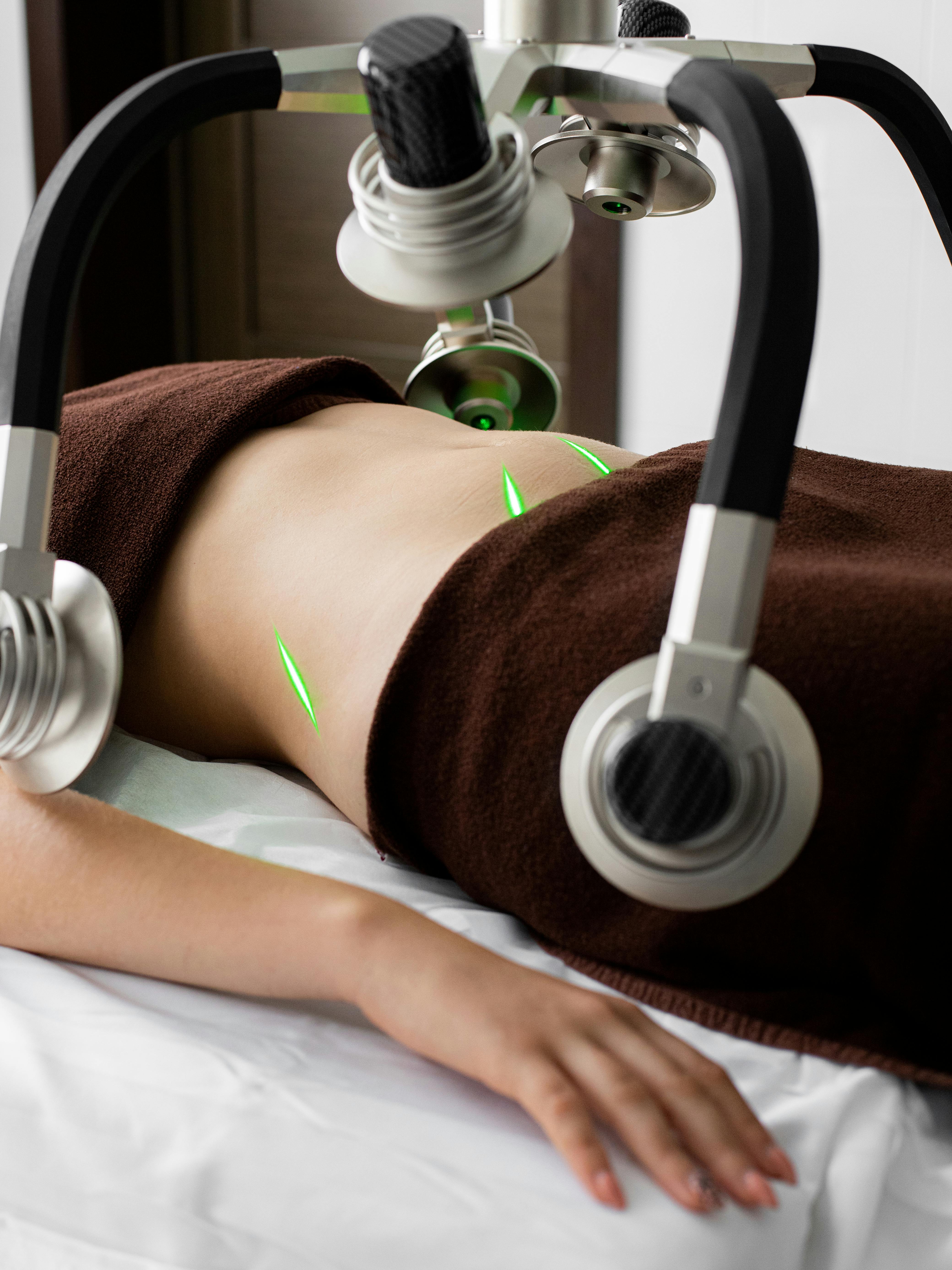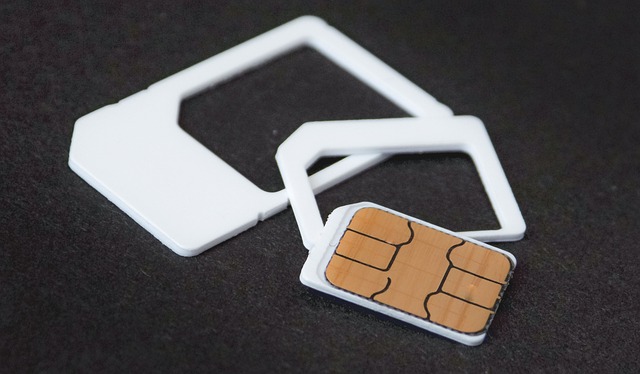Non-Invasive Fat Removal Treatments: What Works and What It Costs
Non-invasive fat removal has become increasingly popular as people seek alternatives to surgical procedures like liposuction. These treatments promise to reduce stubborn fat deposits without the risks, downtime, and costs associated with surgery. While results vary among individuals, several proven technologies have gained medical approval and demonstrated effectiveness in clinical studies. Understanding the available options, their mechanisms, and associated costs can help you make informed decisions about body contouring treatments.

What Is Non-Surgical Fat Removal?
Non-surgical fat removal refers to medical treatments that reduce localized fat deposits without requiring incisions, anesthesia, or significant recovery time. These procedures work through various mechanisms, including freezing fat cells, heating them with radiofrequency or laser energy, or breaking them down with focused ultrasound waves. Unlike surgical liposuction, these treatments gradually eliminate fat cells over several weeks to months, allowing the body to naturally process and remove the destroyed cells through its lymphatic system.
The appeal of non-invasive methods lies in their convenience and reduced risk profile. Most treatments can be completed during lunch breaks, with patients returning to normal activities immediately afterward. However, these procedures typically require multiple sessions and produce more subtle results compared to surgical alternatives.
Popular Techniques and Technologies
CoolSculpting, also known as cryolipolysis, leads the market in non-invasive fat reduction. This FDA-approved treatment freezes fat cells at temperatures that destroy them while leaving surrounding tissues unharmed. The procedure involves placing applicators on target areas for 35-75 minutes, during which patients may experience intense cold followed by numbness.
Radiofrequency treatments like Vanquish and truSculpt use controlled heat to damage fat cell membranes. These devices deliver energy through the skin without direct contact, creating a warming sensation during treatment. Sessions typically last 15-45 minutes depending on the treatment area size.
High-Intensity Focused Ultrasound (HIFU) treatments, including UltraShape, use focused sound waves to selectively target fat cells beneath the skin. The ultrasound energy creates bubbles within fat cells, causing them to break down while preserving surrounding tissues.
Laser lipolysis treatments such as SculpSure employ laser energy to heat and destroy fat cells. These procedures involve placing laser applicators directly on the skin, delivering controlled thermal energy to subcutaneous fat layers over 25-minute sessions.
Average Costs and Pricing Factors in 2025
Pricing for non-invasive fat removal varies significantly based on treatment type, geographic location, provider experience, and the number of areas treated. CoolSculpting typically ranges from $750 to $1,500 per treatment cycle, with most patients requiring 2-3 cycles per area for optimal results. Larger treatment areas and multiple body zones increase overall costs substantially.
Radiofrequency treatments generally cost between $1,000 and $3,000 per area, often requiring 3-4 sessions spaced several weeks apart. HIFU procedures like UltraShape average $1,200 to $2,400 per treatment area, usually completed in a series of three sessions. Laser lipolysis treatments typically range from $1,200 to $2,500 per area, also requiring multiple sessions for best results.
| Treatment Type | Average Cost Per Session | Sessions Needed | Total Investment Range |
|---|---|---|---|
| CoolSculpting | $750 - $1,500 | 2-3 | $1,500 - $4,500 |
| Radiofrequency | $800 - $1,200 | 3-4 | $2,400 - $4,800 |
| HIFU (UltraShape) | $800 - $1,000 | 3 | $2,400 - $3,000 |
| Laser Lipolysis | $1,000 - $1,500 | 2-3 | $2,000 - $4,500 |
Prices, rates, or cost estimates mentioned in this article are based on the latest available information but may change over time. Independent research is advised before making financial decisions.
Several factors influence pricing beyond the base treatment costs. Geographic location plays a significant role, with metropolitan areas typically charging premium rates compared to smaller cities. Provider credentials and facility reputation also affect pricing, as board-certified dermatologists and plastic surgeons often charge more than general practitioners or medical spas.
Package deals for multiple treatment areas or sessions can reduce per-treatment costs by 10-20%. Some providers offer financing options or seasonal promotions, though patients should carefully review terms and avoid making decisions based solely on promotional pricing.
Treatment Effectiveness and Realistic Expectations
Clinical studies demonstrate that non-invasive fat removal treatments can reduce fat layer thickness by 15-25% in treated areas after completing full treatment protocols. Results typically become visible 6-12 weeks after treatment as the body processes destroyed fat cells. Maximum results usually appear 2-3 months post-treatment.
Success depends heavily on patient selection and realistic expectations. Ideal candidates have small to moderate fat deposits, maintain stable weights, and understand that these treatments provide body contouring rather than significant weight loss. Patients with larger fat deposits or those seeking dramatic changes may need to consider surgical alternatives or combine treatments with lifestyle modifications.
Treatment effectiveness also varies by body area, with areas having more pinchable fat generally responding better than areas with dense, fibrous fat deposits. Maintaining results requires ongoing healthy lifestyle habits, as remaining fat cells can still expand with weight gain.
Non-invasive fat removal offers a viable middle ground between doing nothing and undergoing surgery for body contouring. While these treatments require patience and realistic expectations, they provide measurable results with minimal downtime for appropriate candidates. Consulting with qualified providers and understanding both the potential benefits and limitations helps ensure satisfaction with chosen treatments.
This article is for informational purposes only and should not be considered medical advice. Please consult a qualified healthcare professional for personalized guidance and treatment.




